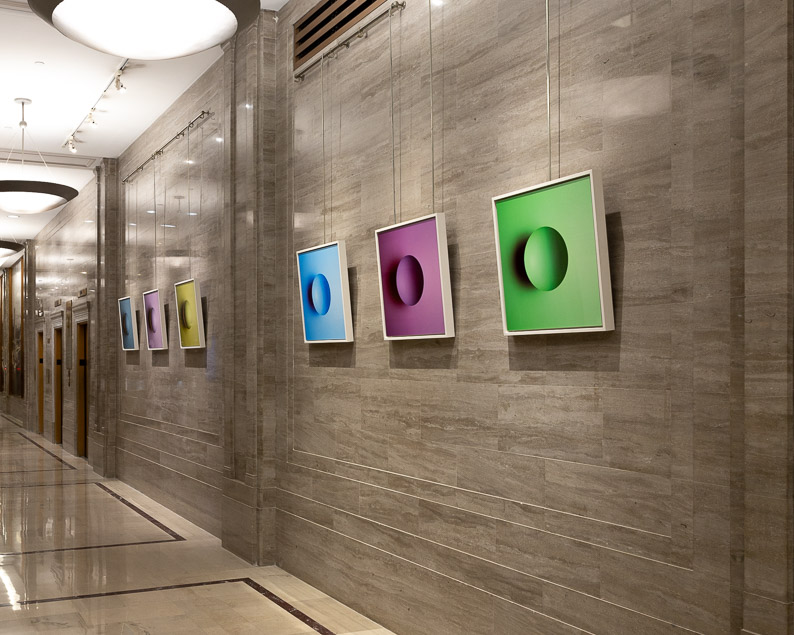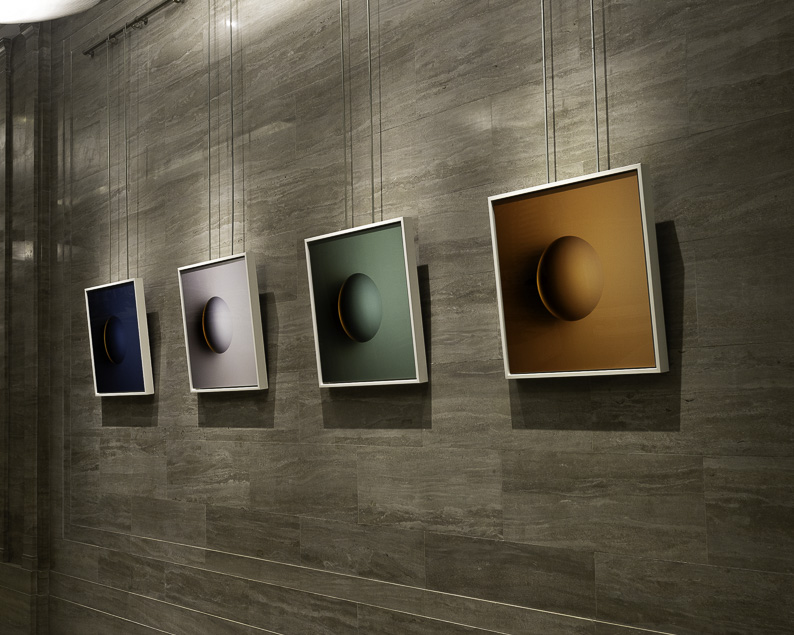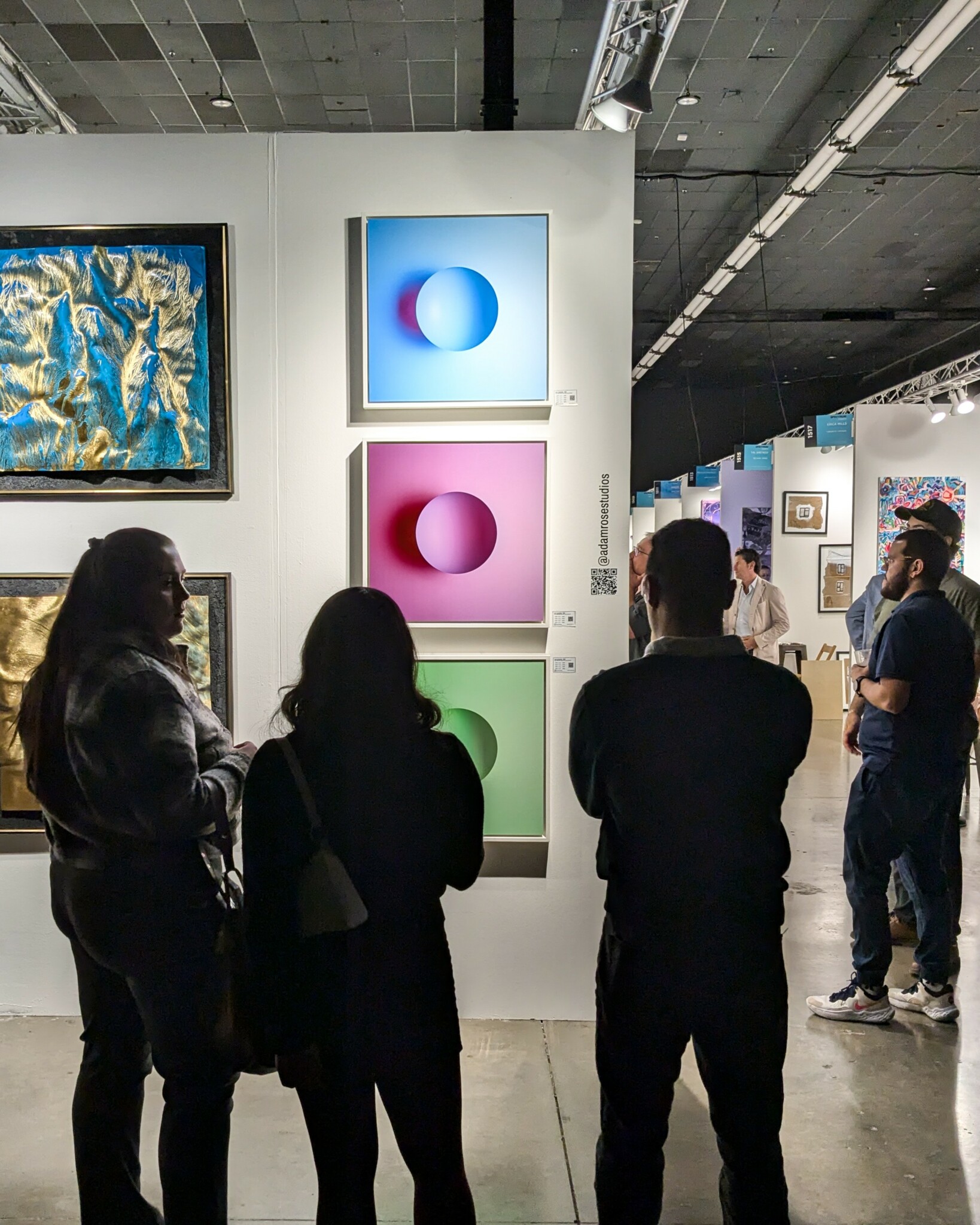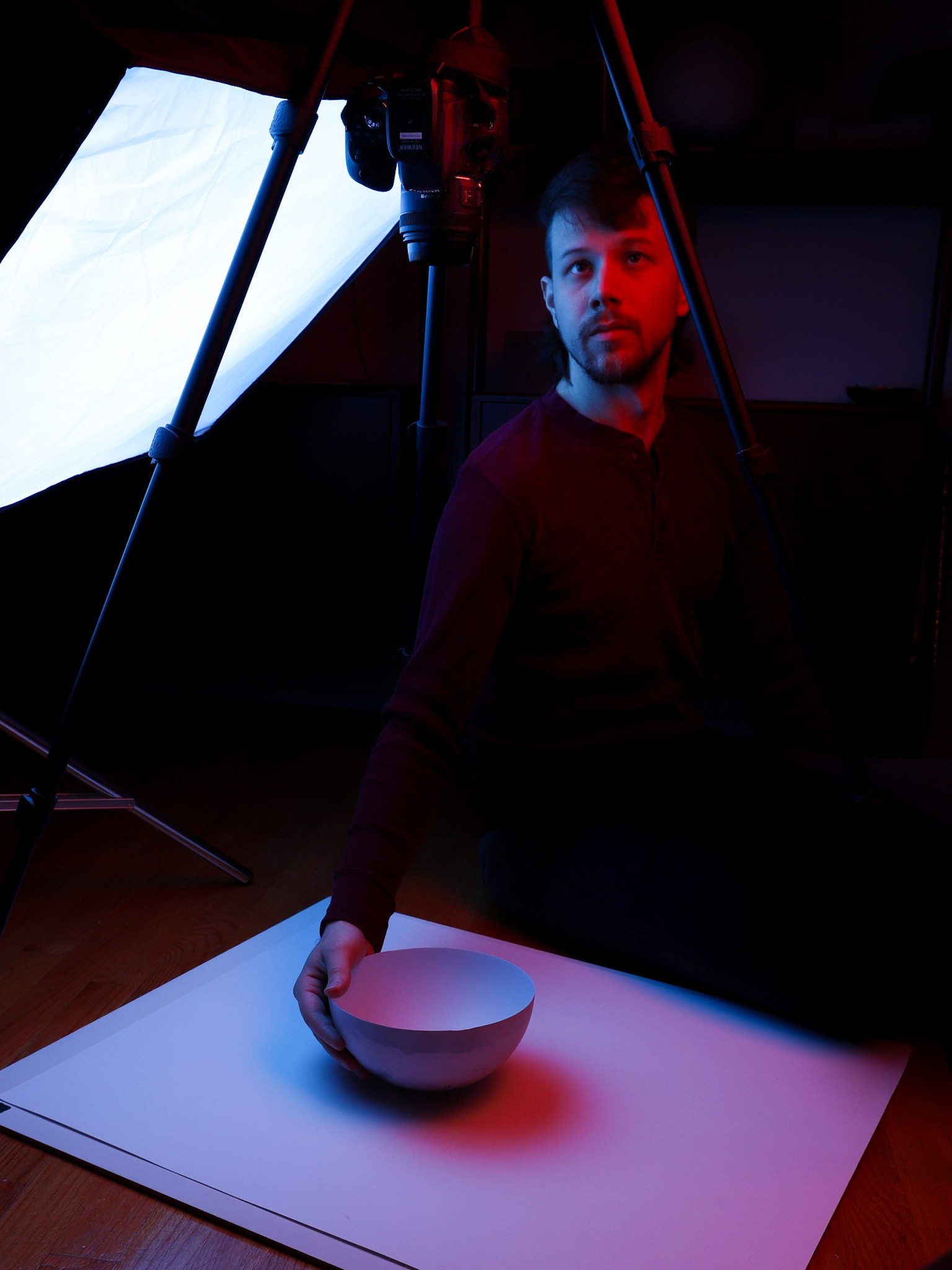We caught up with the brilliant and insightful Adam Rose a few weeks ago and have shared our conversation below.
Adam, appreciate you joining us today. How did you learn to do what you do? Knowing what you know now, what could you have done to speed up your learning process? What skills do you think were most essential? What obstacles stood in the way of learning more?
The work that I create now as an artist is truly the distillation of every class, every side project, every job that I’ve ever had.
I could be mistaken as a photographer, but deep down in my heart, deep down in my core, I am a lighting designer – a sculptor of light. I use light to sculpt people, moments, ideas, emotions, and space. Its a skill that I went to college to learn and refine and spent nine more years designing and programming lights for Off Broadway plays and musicals. I worked along side other designers and directors to tell stories – using light to manipulate emotion, direct attention, create rhythm, and define space. Light is the foundation for how I approach my work as an artist, it is the lens that I use when I create new works, but it is not the only tool in my studio.
What makes me so unique as an artist is that I didn’t go to traditional art school – I went to theater school. I was taught how to create a different kind of art in a different kind of environment for a different kind of audience. I was taught different skills used in theater – scenic painting, stitching, wig making, millinery, carpentry, rigging, welding. I was taught how to be a set designer – to create sets that transcend the literal, to tell the story through space – and make models to explore the enviornment. I was taught how to be a costume designer – to examine silhouettes that revel character’s identity; to create cohesive images through groups of characters on stage – and draw those designs to share them with a group.
The irony to me is that while I am seen as a photographer, the camera is just another tool in the creation of art. My first and only non theater job was as a photographer at an aquarium. I was trained how to use a camera and I was artistic enough I understand how to compose a photo, but it was always a tool. Today, it is a tool to document and share the works I create with light. Yes, there are tricks and techniques that I use like my control of perspective, but it is still just another tool.
My work is a distillation of all the theater skills and training I’ve learned and developed. It is the product of years of learning, exploration, and growth. Without all that time, I would never be able to create in the way that I do now.
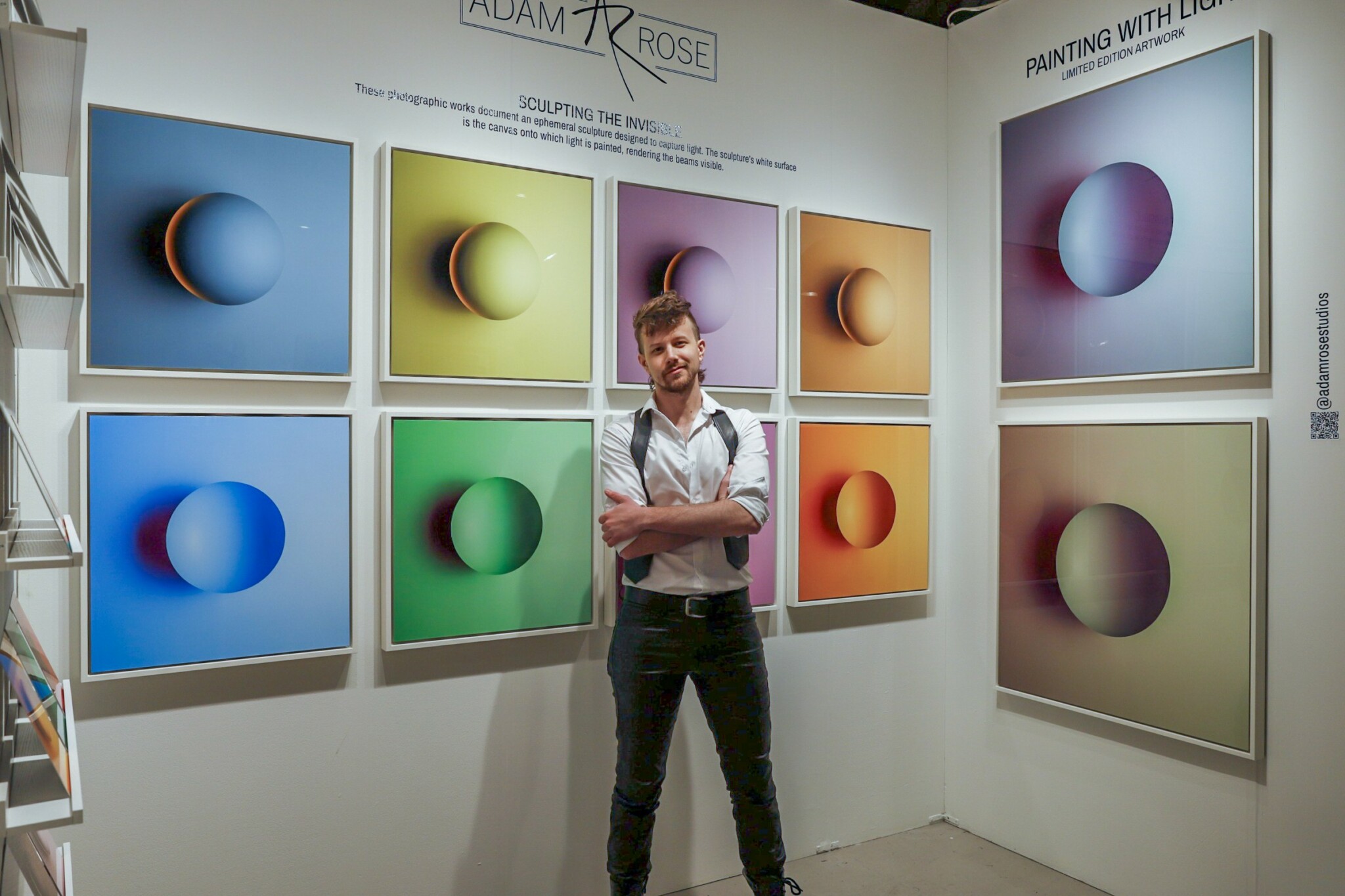
Adam, love having you share your insights with us. Before we ask you more questions, maybe you can take a moment to introduce yourself to our readers who might have missed our earlier conversations?
Well, I’m an artist. I make art that explores light in the many ways it can be used and controlled.
I was a lighting designer and lighting programmer for quite some time and the main comment I heard from people when telling them about my job was “I never thought about light that way”. This galvanized me into creating something that would generate more conversation and contemplation about the uses of light. I wanted to make works whose presence could spark dialogue and provide maybe a tiny insight into what light is capable of. What’s amazing to me, is now I have an army of these pieces hanging in homes, having the conversation for me and amplifying my message!
Being able to play with and explore light in the context of my art has been a truly transcendent experience. The process becomes nearly meditative as I’m moving lights around to explore shadows and flowing from one mix of color to the next. Its such a different experience to the collaborative effort of theater.

For you, what’s the most rewarding aspect of being a creative?
I think the most rewarding part of being an artist is the dialogue that I get to have with my collectors. These are people that have chosen to have my art in their homes and will be living with it for (hopefully) the rest of their lives.
Hearing how the art makes them feel and what they experience when they stand in front of it will keep me walking on clouds for some time. Art is meant to be experienced and understanding how people experience makes me immensely happy.
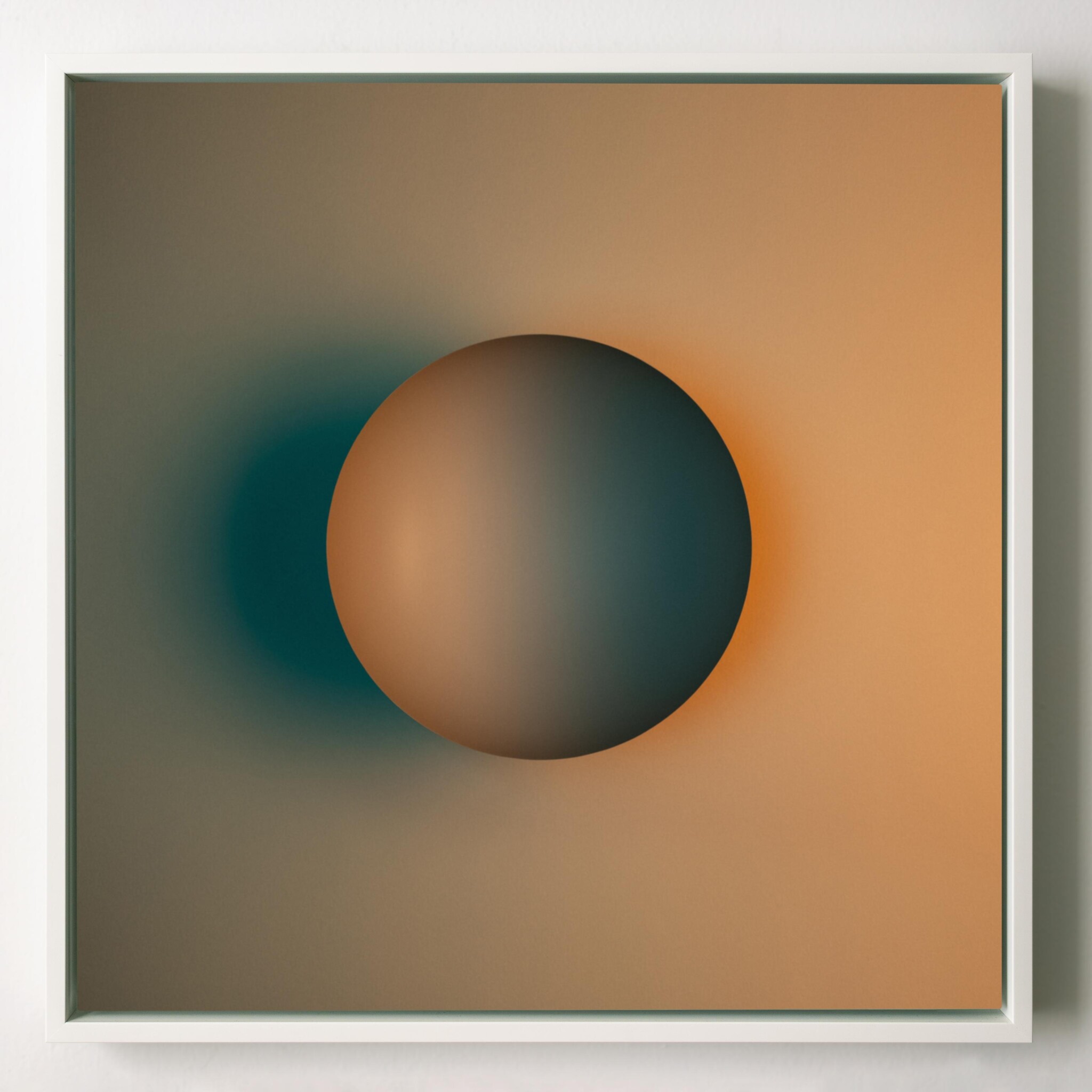
Is there something you think non-creatives will struggle to understand about your journey as a creative?
When I was in highschool, most of the theater people that I met (ok ALL of them) told me that if there was ANYTHING else that I could do besides be an artist, any other job I could see myself doing to do it. Being an artist isn’t about a love of creation or a passion or drive, it’s the knowledge that there is nothing else that you could possibly do. In the infinite imagination an artist possesses, they could not imagine themselves as anything but. For an artist, creation is inevitable.
Contact Info:
- Website: https://www.adamrosestudios.com
- Instagram: adamrosestudios
